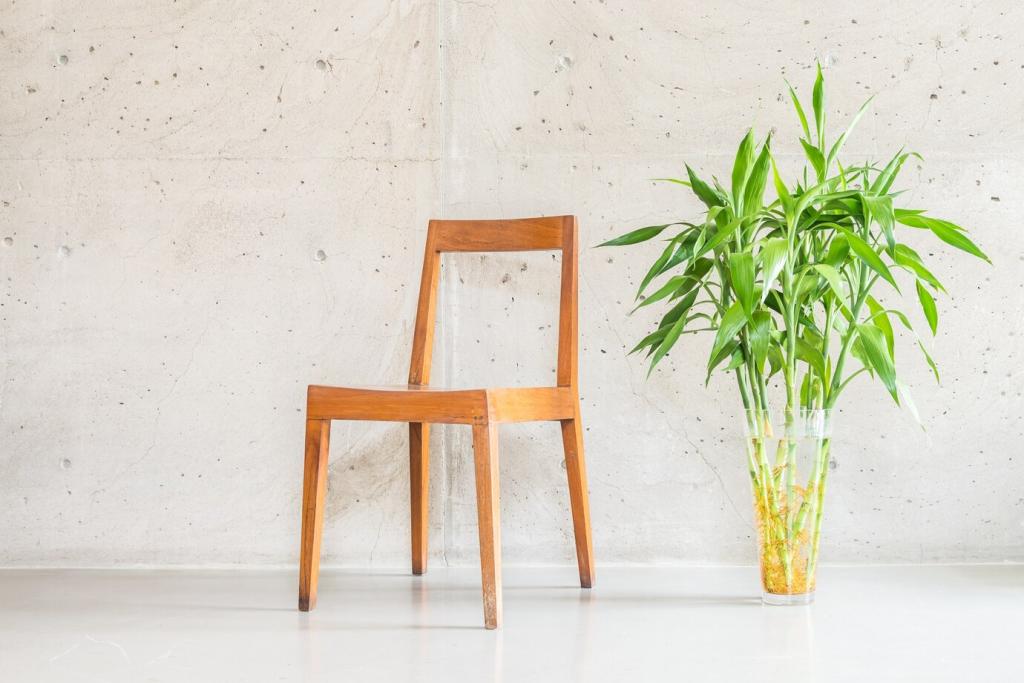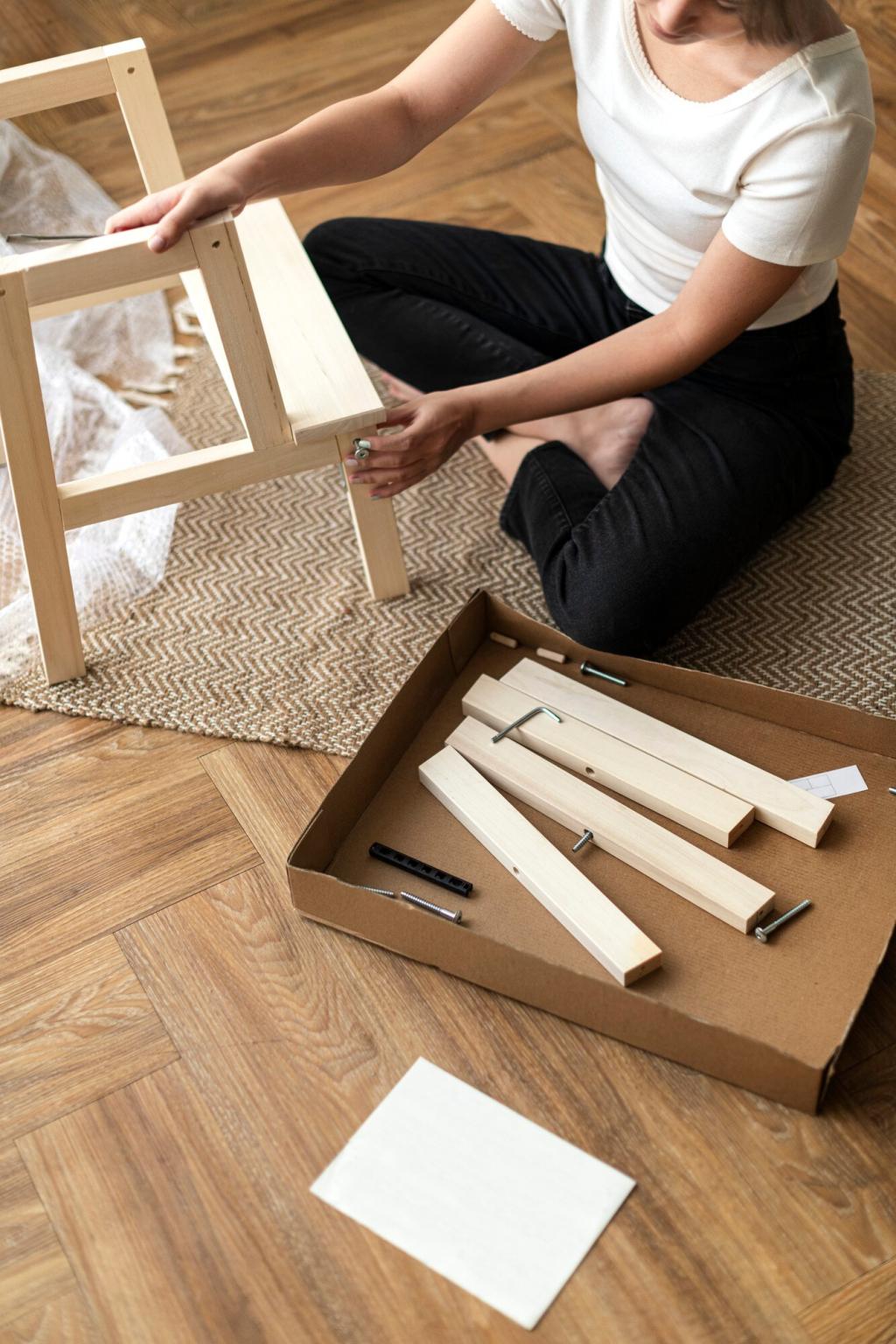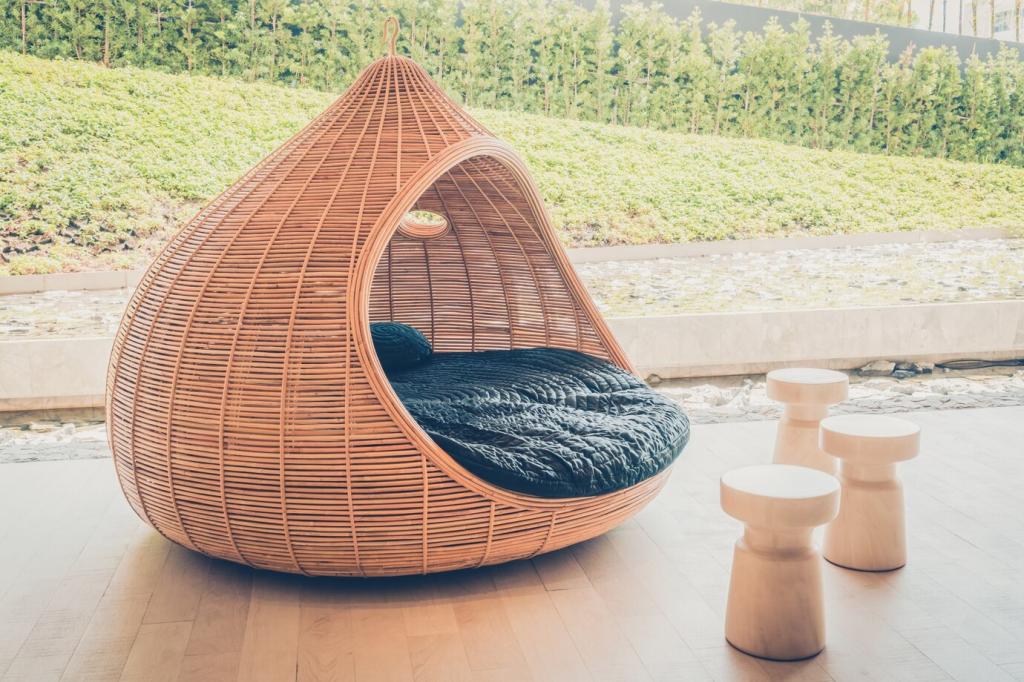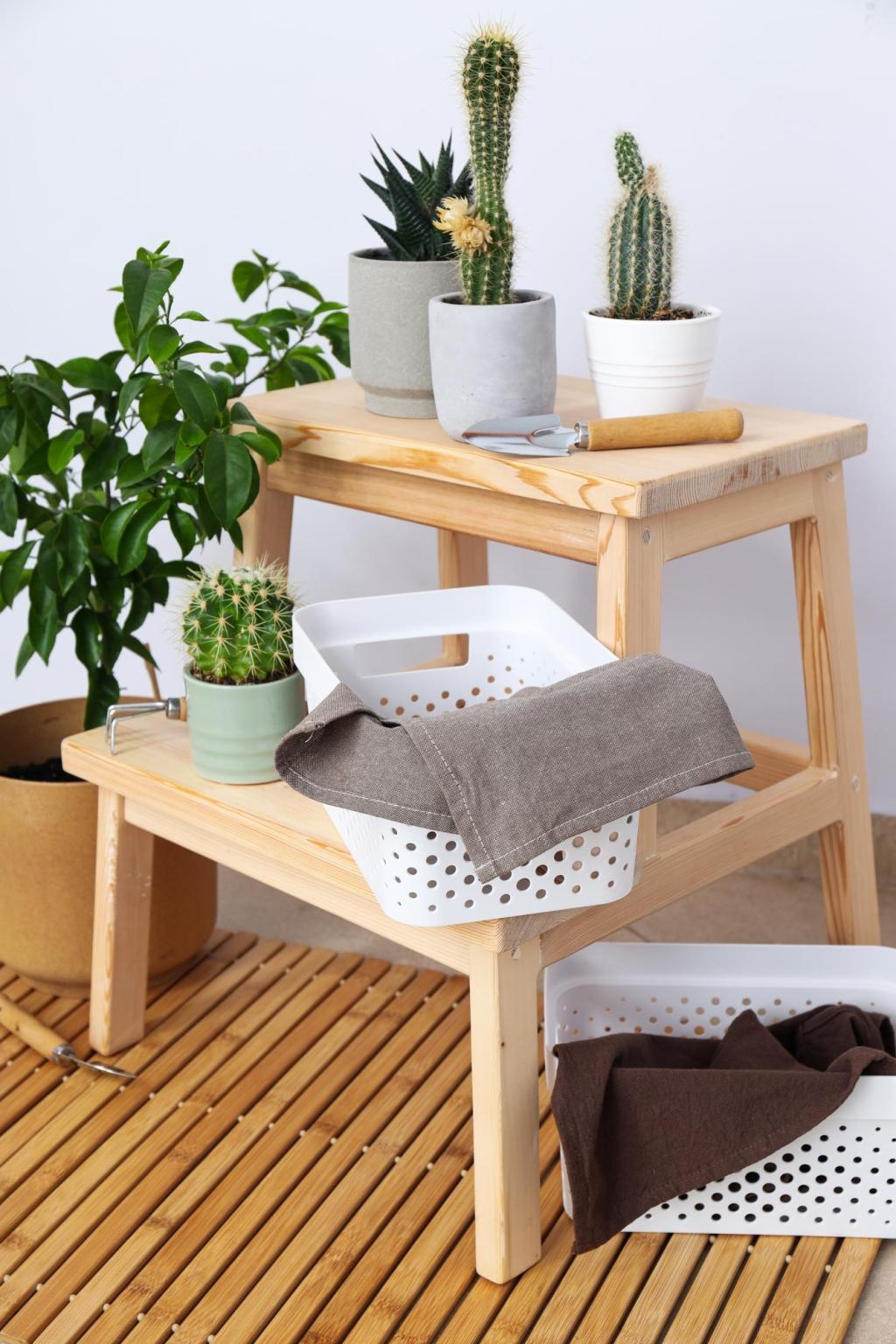Natural Fibers in Eco-Friendly Furniture Design
Chosen theme: Natural Fibers in Eco-Friendly Furniture Design. Explore how hemp, flax, jute, sisal, rattan, bamboo, and wool are reshaping comfort, aesthetics, and responsibility in modern interiors—without sacrificing performance or personality.



Why Natural Fibers Matter in Furniture
A chair woven from flax or hemp begins life in sunlight, not smokestacks, storing carbon as it grows. When makers choose regional fibers, transport footprints shrink and communities benefit. You feel the difference in the seat and in the quiet pride of owning something rooted in healthy landscapes.
Why Natural Fibers Matter in Furniture
Designing for disassembly lets frames, weaves, and cushions take separate end-of-life paths. Some pieces can be composted or recycled when paired with low-impact binders. The goal is straightforward: durable use today, gentle departure tomorrow, and minimal waste all along the loop.
Material Spotlight: Hemp, Flax, Jute, Sisal, Rattan, and Bamboo
Bio-composite shells made with hemp or flax fibers and plant-based resins rival traditional plastics in stiffness while cutting embodied carbon. Designers mold them into seats and backs that flex slightly, easing pressure points during long conversations and late-night reading sessions.
Material Spotlight: Hemp, Flax, Jute, Sisal, Rattan, and Bamboo
These fibers excel where wear and traction matter: webbing for chair seats, rug-like panels, or support straps. Their coarse textures resist scuffs from daily life—dogs jumping up, kids clambering over ottomans—so the furniture develops a gentle patina rather than premature fatigue.

Craft Techniques That Elevate the Everyday
From Danish cord to cane lattice, weaving transforms line into surface while letting light pass through. Patterns distribute weight and breathe in warm weather. Sit on a hand-woven seat, and you can feel the cadence of the artisan’s hands—patient, precise, and quietly confident.
Craft Techniques That Elevate the Everyday
Layered mats of flax or hemp can be pressed into slim shells, using bio-based resins that avoid the bite of heavy solvents. The process captures the fiber’s grain, a subtle visual story under the finish, like topographic lines that mark where comfort and structure meet.


A family in Brighton wrote after six months with a flax-shell dining set: no creaks, no wobble, plenty of compliments. The seats have a gentle give that makes long meals easy, and the surface shrugs off small bumps with a character-building polish rather than bruises.
Performance, Durability, and Everyday Life
Sisal and jute prefer dry interiors, while rattan appreciates shade from direct sun. Simple habits—rotating chairs seasonally, using breathable pads, and refreshing oil finishes—extend life dramatically. Like skin, these fibers thrive when kept clean, nourished, and respectfully sheltered.
Performance, Durability, and Everyday Life
Stories From the Studio and the Street
A small café swapped plastic stools for flax composites and watched chatter rise. Guests traced the fiber pattern while waiting for cappuccinos, asking about sourcing. The owner said tips went up, perhaps because the space felt calmer—and that story traveled faster than any ad.
Stories From the Studio and the Street
A restorer taught a granddaughter how to re-cane a cracked rocker over one bright Saturday. By evening, the chair held again, humming softly on hardwood. They left a tiny strand untrimmed beneath, a private signature that made the heirloom unmistakably theirs.

An Ethical Fiber Checklist
Look for verified sourcing and low-VOC finishes, and ask about bio-based resins. Certifications like GOTS for textiles and OEKO-TEX for fabric safety can help. Favor repairable designs with replaceable webbing or cushions, and materials harvested with respect for local ecosystems.

Questions to Ask Makers and Sellers
Which fiber is primary and why? How is the frame joined, and can the seat be re-woven? What finish is used, and how should it be refreshed? Clear answers signal confidence, transparency, and a partnership that extends beyond delivery day.
